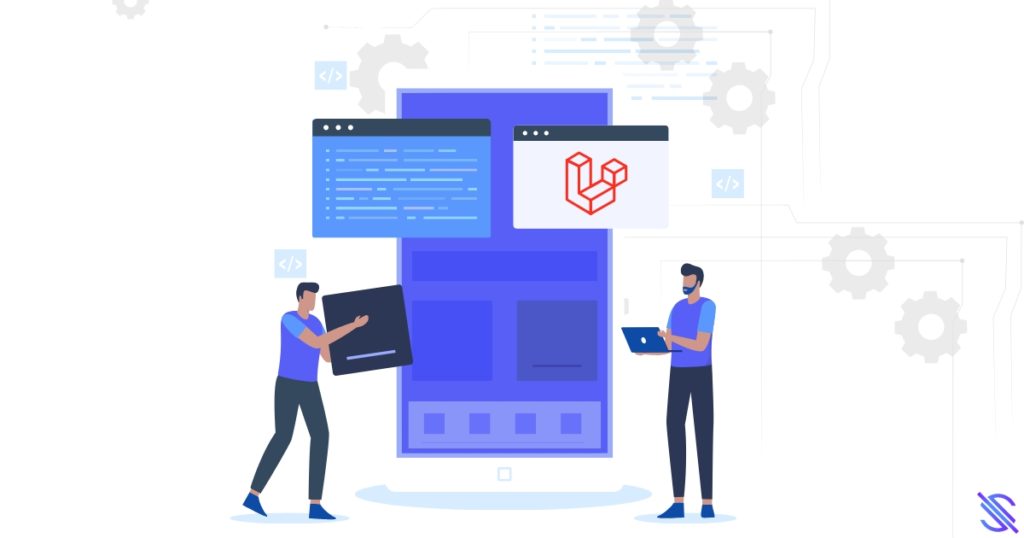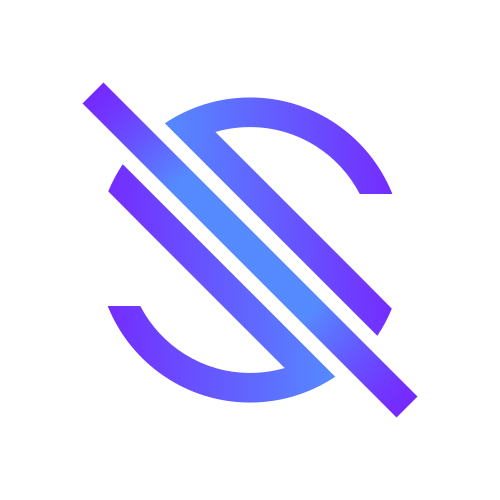
For many years, PHP has been the dominant player in the world of web development. It’s a versatile and powerful programming language that has powered countless websites and applications. Over time, frameworks have emerged to simplify and streamline PHP development, and one such framework that has gained immense popularity is Laravel. In this blog post, we will demystify Laravel and explore how it unlocks the power of PHP web development.
What is Laravel?
Taylor Otwell created Laravel, an open-source PHP web framework, in 2011. It follows the model-view-controller (MVC) architectural pattern, which separates the application’s logic, presentation, and data layers. Laravel offers a graceful syntax and a variety of pre-built tools and libraries that enhance the speed, efficiency, and overall enjoyment of PHP development.
Why Choose Laravel?
1. Elegant Syntax
Laravel has a clean and expressive syntax that is easy to read and write. It follows modern PHP coding standards and promotes best practices, making the code more maintainable and scalable.
2. MVC Architecture
As mentioned earlier, Laravel follows the MVC architectural pattern. This separation of concerns allows developers to write modular and reusable code, enhancing the maintainability and testability of the application.
3. Routing System
Laravel provides a powerful routing system that makes it easy to define clean and SEO-friendly URLs for your application. It supports RESTful routing, named routes, route parameters, and route caching, allowing you to define complex routing structures with ease.
4. Database Abstraction
Laravel’s built-in database abstraction layer, called Eloquent ORM, simplifies database operations. It provides an easy-to-use and expressive syntax for querying the database, handling relationships between tables, and performing common tasks like pagination and eager loading.
5. Authentication and Authorization
Laravel comes with a robust authentication and authorization system out of the box. With just a few commands, you can set up user registration, login, password reset, and role-based permissions, saving you significant development time.
6. Caching and Performance
Laravel offers various caching mechanisms, including file-based, database-based, and Redis-based caching. These caching options can significantly improve the performance of your application by reducing database queries and enhancing response times.
7. Task Scheduling
Laravel provides a convenient task-scheduling system that allows you to automate repetitive tasks within your application. You can schedule tasks to run at specific intervals or even define complex cron-like expressions to handle advanced scheduling requirements.
8. Testing Support
Laravel incorporates inherent backing for unit testing and offers a testing API that is both user-friendly and straightforward. It includes features like test assertions, mocking, and HTTP testing, making it easier to write tests for your application and ensuring its stability and reliability.
9. Community and Ecosystem
Laravel has a vibrant and active community of developers who contribute to its growth. The community has created numerous packages and extensions, covering a wide range of functionalities, allowing you to leverage existing solutions and accelerate development.
Getting Started with Laravel
To begin using Laravel, you must set up a development environment with PHP, a web server (such as Apache or Nginx), and a database (such as MySQL or PostgreSQL). Once you have the environment set up, you can install Laravel using Composer, the PHP package manager. Laravel provides a command-line tool called Artisan, which helps you generate boilerplate code, run migrations, and execute other development tasks.
Laravel adheres to the convention-over-configuration concept, ensuring that it offers sensible defaults and predefined conventions that enable a quick start. Nevertheless, it also grants you the freedom to personalize and expand the framework according to your unique requirements.
Key Concepts in Laravel
1. Routes
In Laravel, routes are defined in the routes/web.php file for web routes and routes/api.php for API routes. Routes define the URL patterns and the corresponding actions to be taken when a particular URL is accessed.
2. Controllers
Controllers handle the application’s logic and interact with models and views. They receive requests from routes, process data, and return responses. Laravel encourages the use of resourceful controllers, which provide a set of predefined methods for common CRUD (Create, Read, Update, Delete) operations.
3. Models
Models represent the application’s data structure and handle interactions with the database. Laravel’s Eloquent ORM makes it easy to define models and perform database operations like querying, inserting, updating, and deleting records.
4. Views
Views are responsible for presenting the application’s data to the user. In Laravel, views are typically written in Blade, a templating engine that provides a convenient syntax for including partial views, rendering data, and handling control structures.
5. Migrations
Migrations allow you to manage database schema changes in a version-controlled manner. Laravel provides a schema builder and a set of migration commands to create and modify database tables and indexes.
6. Middleware
Middleware acts as a filter between the server and the application. It intercepts incoming requests and performs actions like authentication, validation, and logging before passing the request to the corresponding route handler.
7. Service Container
Laravel’s service container is a powerful tool for managing class dependencies and performing dependency injection. It automatically resolves dependencies and allows you to bind interfaces to concrete implementations, making your code more modular and testable.
Conclusion:
Laravel has revolutionized PHP web development by providing a powerful and elegant framework that simplifies the development process while maintaining code quality and scalability. Its features, such as the MVC architecture, routing system, ORM, authentication, and caching, enable developers to build robust and efficient web applications quickly. By demystifying Laravel and understanding its key concepts, you can unlock the full potential of PHP web development. Whether you’re developing a simple blog or a complex enterprise application, Laravel enables you to easily construct high-quality and feature-rich web applications.
So, if you’re a PHP developer looking to level up your skills or an aspiring web developer seeking a solid framework to learn, don’t hesitate to dive into Laravel. Embrace its elegance, harness its power, and embark on a journey of building modern and dynamic web applications. To learn more, check out the training course and learning plan at simphini.com.
